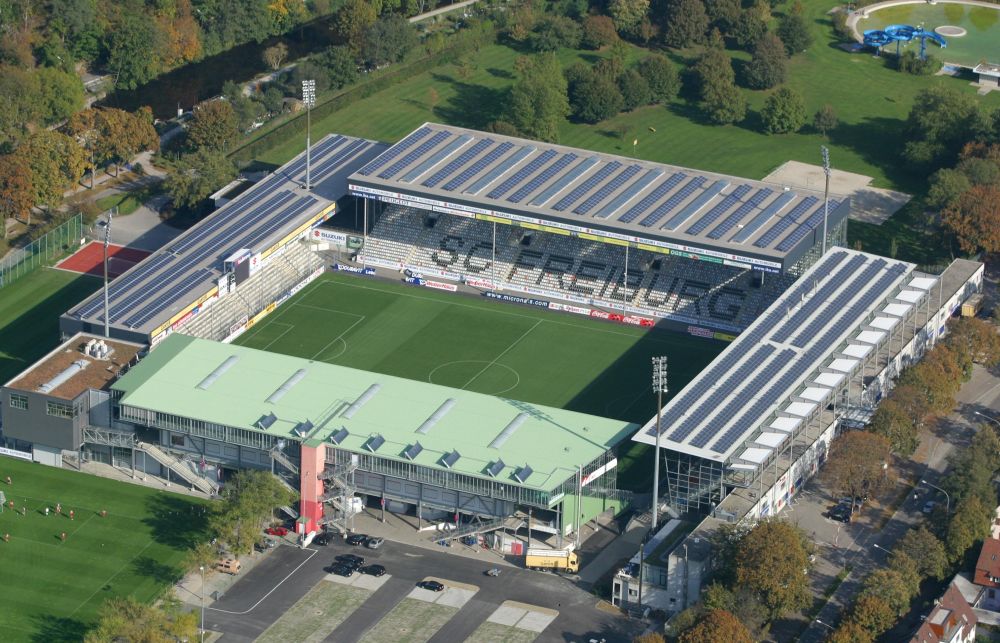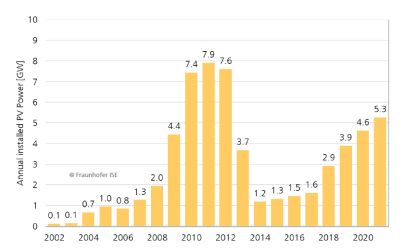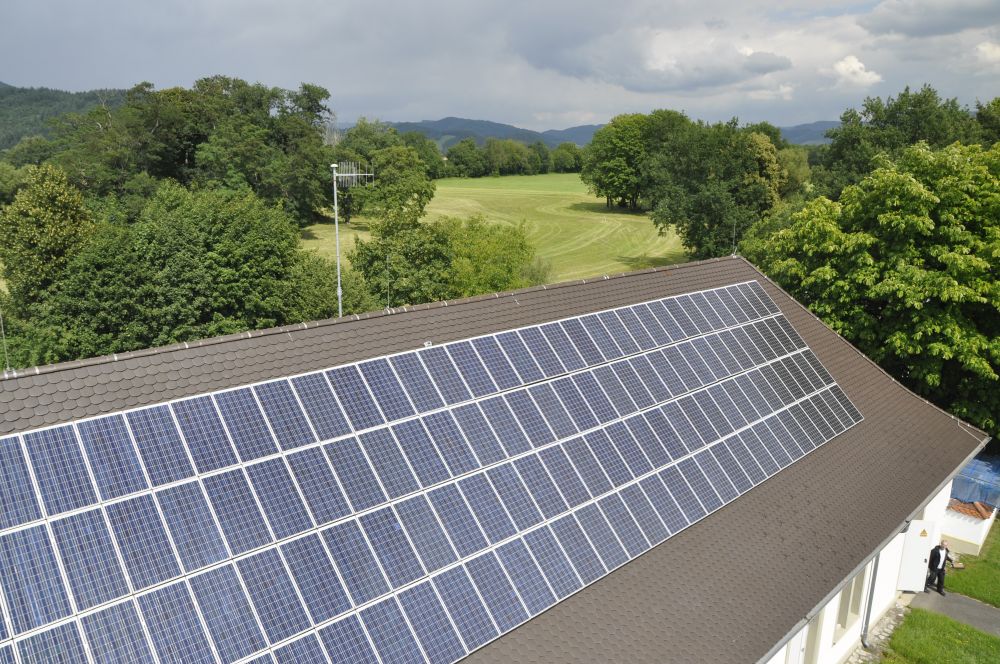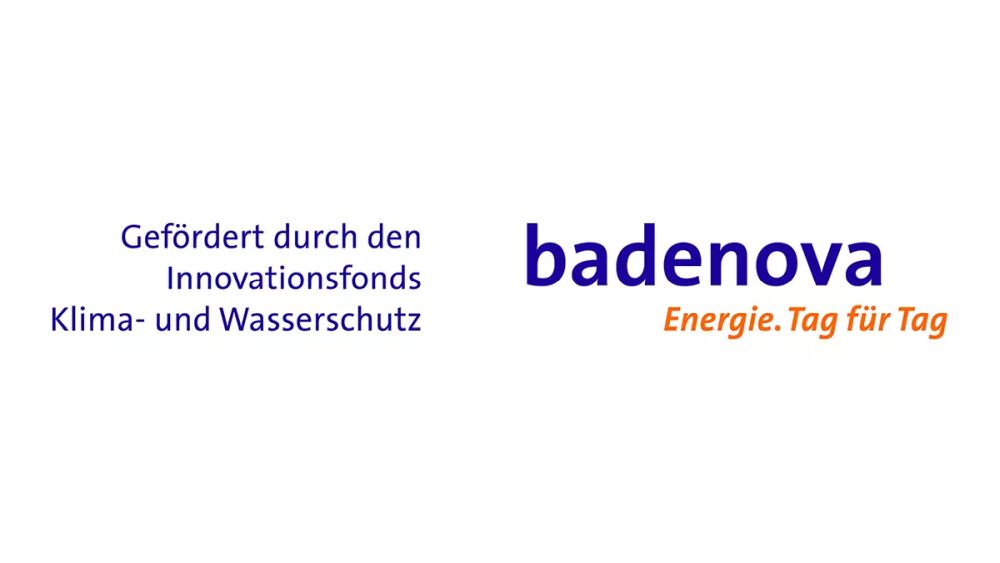| Duration: | 10/2024 - 03/2027 |
| Contracting Authority/ Sponsors: | Innovationsfonds Klima- und Wasserschutz der badenova AG & Co. KG |
| Project Partners: | badenovaWärmeplus GmbH & Co. KG |
| Website: | PV20plus |
| Project Focus: |
PV20plus – Photovoltaics after 20 years of Operation



PV systems after the EEG subsidy: A new phase begins
When the Renewable Energy Sources Act (EEG) came into force in 2000, it laid the foundations for the expansion of photovoltaics in Germany. The law established attractive remuneration rates for solar power, triggering the first significant wave of PV installations. In our service are, particularly between 2004 to 2008, numerous systems were built that could be operated economically due to the EEG subsidies.
Today, nearly 20 years later, the first of these systems are no longer eligible for statutory subsidies. For many other operators, the end of EEG remuneration is approaching in the coming years. This transition marks the beginning of a new phase for the utilisation of solar power – binging both new challenges and new opportunities.
The future of PV systems after 20 years of operation: technical, economic and sustainable decisions
After approximately 20 years of operation, many photovoltaic systems reach the end of their EEG subsidisation - and often also the limit of their technical service life. For system operators, this raises the crucial question: What happens next for my PV system?
Possible options at a glance:
- Continued operation of the system under current market conditions
- Partial or complete repowering to increase output
- Evaluation of the current and future system value
- Second-life utilisation of decommissioned modules upon dismantling
The right decision depends on a variety of technical, economic and ecological factors, including:
- The technical condition of the system (e.g. module performance, electrical safety, soiling)
- The effort and costs associated with possible upgrades
- Existing and future marketing opportunities (e.g. self-consumption, market prices, new subsidy models)
Our goal: A sound basis for decision-making for operators
As part of a project, we are developing a practical decision tree to assist operators in their assessment and planning. This will be based on a comprehensive analysis of the system, with a particular focus on the technical evaluation, which should be feasible on-site with minimal effort.
Innovative approach: efficiently assessing the remaining service life - efficiently and without interrupting operation
The aim is to establish a reliable process for evaluating the repowering potential and the remaining service life of the PV system - ideally without dismantling modules and without disrupting system operation. In future, it should be possible to analyse the technical condition as part of regular maintenance and operational management.
To achieve this, we are combining proven measurement methods from both laboratory and practical settings with new approaches in digitalisation, automation and optimisation of on-site inspections. In a phased process, initial findings are validated by scientifically sound additional measurements to ensure maximum decision-making quality.
The benefits: Clarity, planning security and new perspectives for PV systems after 20 years of operation.
